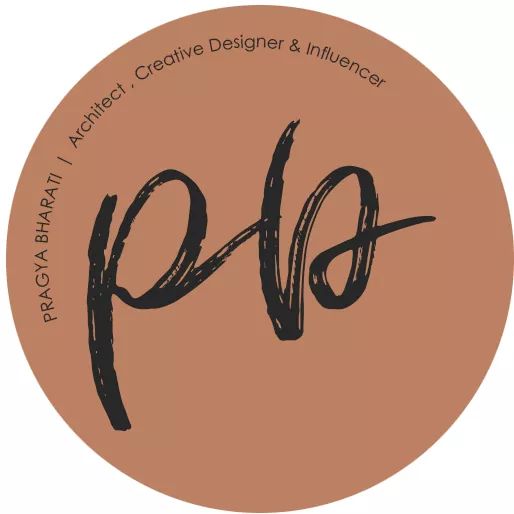How You can #nail your ARCHITECTURAL SHEET PRESENTATION !!!
- Pragya Bharati

- Aug 31, 2019
- 3 min read
Well sometimes it Happens ! Your Design is a #Masterpiece but you lack in Proper Presentation which cause Disappointments…..Right?
So ! What to do ??????
Your sheets should speak about your Design and Hard-work.
Come on let me Show you….
Points to remember while Presenting a Sheet
SIZE AND ORIENTATION:
Most of the time your professors restrict you to a specific board size and number of boards. If that is the case then you need to confirm if your boards should be presented in Landscape or Portrait orientation
.
FOR EXAMPLE :
LAYOUT :
Now, that you have a base to work on you need start planning the layout of your boards or poster:
If you are presenting hand drawings then you can do prior planning on one or more
If you will be presenting CAD drawings, then this might be easier. You can experiment with the actual drawings on CAD Layout or Photoshop if you will be rendering your project digitally.
You can use a grid system to organize your drawings. Decide on a unit width, for example, 6cm, then use its multiples to create unit areas to contain your drawings, like for instance, 12cm for outer frame buffering, 36cm for main drawings and so.
FOR EXAMPLE :
3. PLACEMENT AND ZONING
Think of the way you would like the viewers to circulate through your presentation, what you would like them to see first, how they would best understand your project. For example, you may start by brief site analysis, and then move to the concept statement and its illustrative sketches if needed.
If your concept is form based you may need to show the form first, before the plan, and then move to the plan to reveal how the form has functionally worked out.
If your concept is in the plan itself, then you may move directly to the plan and conclude with the rendered exterior form as usual.
FOR EXAMPLE :
BACKGROUND
It is called “background” for a reason. It should be a platform to feature your drawings as the main focus, clear of any distractions. Some students use faded renderings of their own projects as background, but this can be seriously diverting.
White backgrounds are best, as they show the true colors of your project.
Some opt to use a black background to stand out, however, that doesn’t usually turn out so well. It may cause halation and strain for sensitive eyes.
FOR EXAMPLE :

COLORS
There is the Black & White or Greyscale presentation where you only show lines with various thickness, in addition to shade and shadow.
There is the greyscale presentation with an element of color where you would choose one bright color, for example, green for landscape and greenery, to contrast with the, generally, achromatic drawings.
The one color might become two colors revealing different materials like wood or bricks and glass for example.
FOR EXAMPLE :
6. VISUAL HIERARCHY
What is your strongest point, the highlight of your project? Grab the attention from far away with that. There are many ways to grab the attention to a specific drawing, using color or size.
For example, if the main idea is in your cross-section, you can present it in large scale with full hue colors, against black and white plan drawings. That is mixing between two of the color presentation techniques mentioned in the previous point to get emphasis by contrast.
FOR EXAMPLE :

GENERAL TIPS
Minimize text on your presentation board. Write a short and concise concept statement and add a very brief explanation, if needed. Don’t waste your time on composing elongated descriptive text because no one will read it.
Replace words, whenever possible, with simple illustrative sketches and figures. After all, a picture is worth a thousand words. You may use colors and keys to further clarify your illustrations.

Use suitable font for your title and text and, preferably, don’t use more than one font type per project. You can vary between the title, the concept statement, and the labeling by size. Sans Serif fonts like Century Gothic and Helvetica may be good for headlines; their slick minimalism befits modern high-tech designs.

Finally, don’t overdo it.
Don’t pack your boards with drawings and text at every corner. Leave some breathing space but not too much, that it would look like a) you couldn’t finish your work, b) you didn’t well plan your boards or c) you haven’t worked hard enough.
Don’t overuse colors to the extent that they would become a distraction, but also don’t make your presentation too light and faded, or it might exhaust they eyes of the viewer and give an impression of weak effort.
GOOD LUCK!
Well I’m sure this will help you with your UPCOMING JURIES and Subscribe me for more , Next I’m gonna show you…..
HOW TO MAKE STANDOUT PORTFOLIOS AMONG OTHERS !!!!
See you there 🙂
Ref : #Archdaily
.png)































Comments